 Seriously, the Beatles have sung it so many times that anyone that sees the title can probably hum the tune to it. However, marketeers still do not seem to be able to understand that it is the truth. Especially in this age of social media. Money cannot buy you love. However hard you try. And lately we have seen many trying. Over the past weeks, Shell has often turned up in my Facebook timeline. They are talking about how wonderful they are. How much they care about the world and the environment. And only a day or two ago they posted the oil companies’ equivalent of the old boys game “who’s got the biggest”. (See image.) This morning I was greeted by the results of all their money spent. Three of my friends have liked their page. Pathetic.
Seriously, the Beatles have sung it so many times that anyone that sees the title can probably hum the tune to it. However, marketeers still do not seem to be able to understand that it is the truth. Especially in this age of social media. Money cannot buy you love. However hard you try. And lately we have seen many trying. Over the past weeks, Shell has often turned up in my Facebook timeline. They are talking about how wonderful they are. How much they care about the world and the environment. And only a day or two ago they posted the oil companies’ equivalent of the old boys game “who’s got the biggest”. (See image.) This morning I was greeted by the results of all their money spent. Three of my friends have liked their page. Pathetic.
So, I went to take a look at their Facebook page. It is a site describing Shell in all its glory. Like the sites of so many large companies, you could call it a corporate display of narcissism. The subjects adressed are Shell, and Shell alone. If they address any other subject, it is solely from the Shell point of view. Where working on a less pollutive environment has become about the Shell eco challenge. And even regular oysters are turned into a Shell product. To be honest, it does not matter how many dollars you spend on Facebook marketing, the general outlook does not trigger me to be a Shell fan. And it shows. For a company with over 90,000 employees and almost 500 billion in revenues, a mere 2.5 million Facebook fans should not be something Shell is excited about.
I could understand if you, and Shell, would come up with the argument that its business is fuel. Nobody loves fuel. It is something you put in your tank whenever you want, wherever you are. And that is a reasonable case to make. However, that whole process changes when you put love in it. When you love your customers. When you talk to them. When you address the things that they feel are relevant to them.
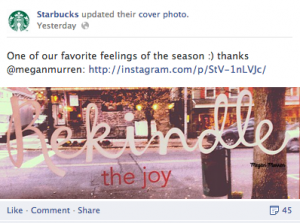 I know the comparison with coffee is going to be a big step. But for many, coffee used to be like I described fuels. At some point in time you will be craving a cup. You need it and you bought it whenever you want and wherever you are. And then Starbucks came along. They made buying coffee a rewarding experience. They put the love in it. And if you go to their Facebook page, you see that they care for their customers. This morning when I went to their page, they had just used a customers’ picture as their cover photo. They talk to their customers and address their issues. They even allow their customers to vent their thoughts towards Starbucks. When I visited their page today, there was someone who posted about how Starbucks does not support the military. And 107 comments below the post where from fans defending their shop and setting the record straight. Why? Because they love their shop and their coffee. The 33 million likes prove that point.
I know the comparison with coffee is going to be a big step. But for many, coffee used to be like I described fuels. At some point in time you will be craving a cup. You need it and you bought it whenever you want and wherever you are. And then Starbucks came along. They made buying coffee a rewarding experience. They put the love in it. And if you go to their Facebook page, you see that they care for their customers. This morning when I went to their page, they had just used a customers’ picture as their cover photo. They talk to their customers and address their issues. They even allow their customers to vent their thoughts towards Starbucks. When I visited their page today, there was someone who posted about how Starbucks does not support the military. And 107 comments below the post where from fans defending their shop and setting the record straight. Why? Because they love their shop and their coffee. The 33 million likes prove that point.
If you want to be on Facebook, remember one thing. It is never about the likes. It is about your attitude towards your customers and potential customers. Because your Facebook Page (or your Google+ page, or any other social network page or account) is not about YOU, it is about THEM. And if you remember that, your likes will come. Because they care about you, because you care about them.
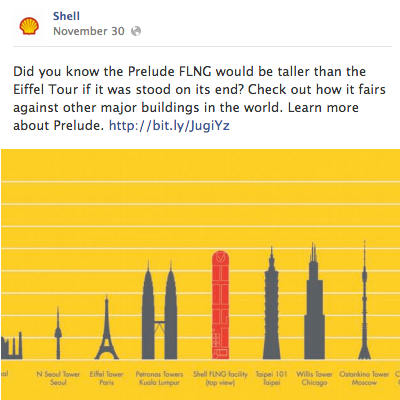
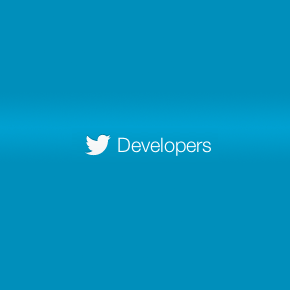

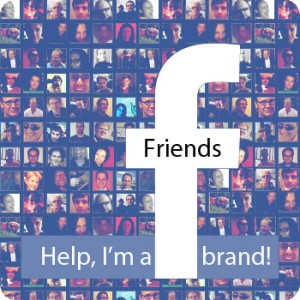 Facebook is a marketeers wet dream. 850 million people and they are all waiting for you! Or are they? Lets just pop your bubble. They are not. In fact, they are waiting for you just as much as they were waiting for door-to-door encyclopedia salesmen and dinnertime telemarketers. Encouraging thoughts? Read on. There is hope.
Facebook is a marketeers wet dream. 850 million people and they are all waiting for you! Or are they? Lets just pop your bubble. They are not. In fact, they are waiting for you just as much as they were waiting for door-to-door encyclopedia salesmen and dinnertime telemarketers. Encouraging thoughts? Read on. There is hope.
 If you have read my previous post on Facebook, you might be inclined to think that I would advice any company against being on Facebook. But that is not the case. In fact, I strongly believe you need to be on Facebook.
If you have read my previous post on Facebook, you might be inclined to think that I would advice any company against being on Facebook. But that is not the case. In fact, I strongly believe you need to be on Facebook.
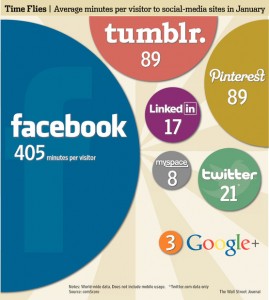 Ok, here it is: Facebook is not the holy grail in communicating with your customers. It is not even a nice place for ecommerce. And it is not just me that says this. There are actual statistics that say the same thing. Read on to find out why.
Ok, here it is: Facebook is not the holy grail in communicating with your customers. It is not even a nice place for ecommerce. And it is not just me that says this. There are actual statistics that say the same thing. Read on to find out why.
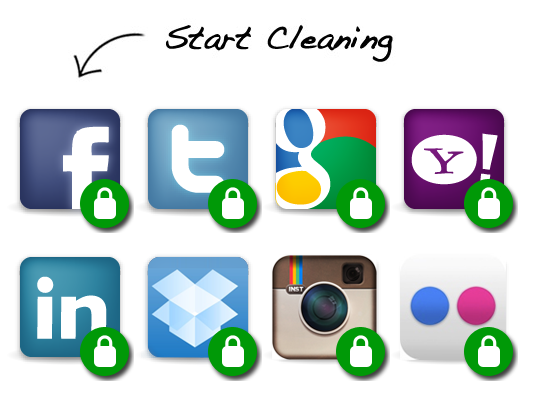
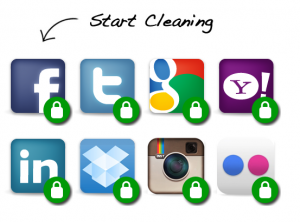 Oh, I will quickly log in with my Facebook account. Wait, I don’t have to register here, I can just use Twitter. Or LinkedIn. Or any of my other social networks. Throughout the day, you are giving lots of services permission to use your social network accounts. It may be for authentication at first, but you will almost always be granting more permissions than the service really needs. And over time, you forget which services were granted what.
Oh, I will quickly log in with my Facebook account. Wait, I don’t have to register here, I can just use Twitter. Or LinkedIn. Or any of my other social networks. Throughout the day, you are giving lots of services permission to use your social network accounts. It may be for authentication at first, but you will almost always be granting more permissions than the service really needs. And over time, you forget which services were granted what.
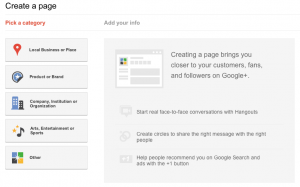 Yes, Google has added pages to Google Plus. And even though you might think that this is not that big a deal, I think it could have a lot more impact than you think.
Yes, Google has added pages to Google Plus. And even though you might think that this is not that big a deal, I think it could have a lot more impact than you think.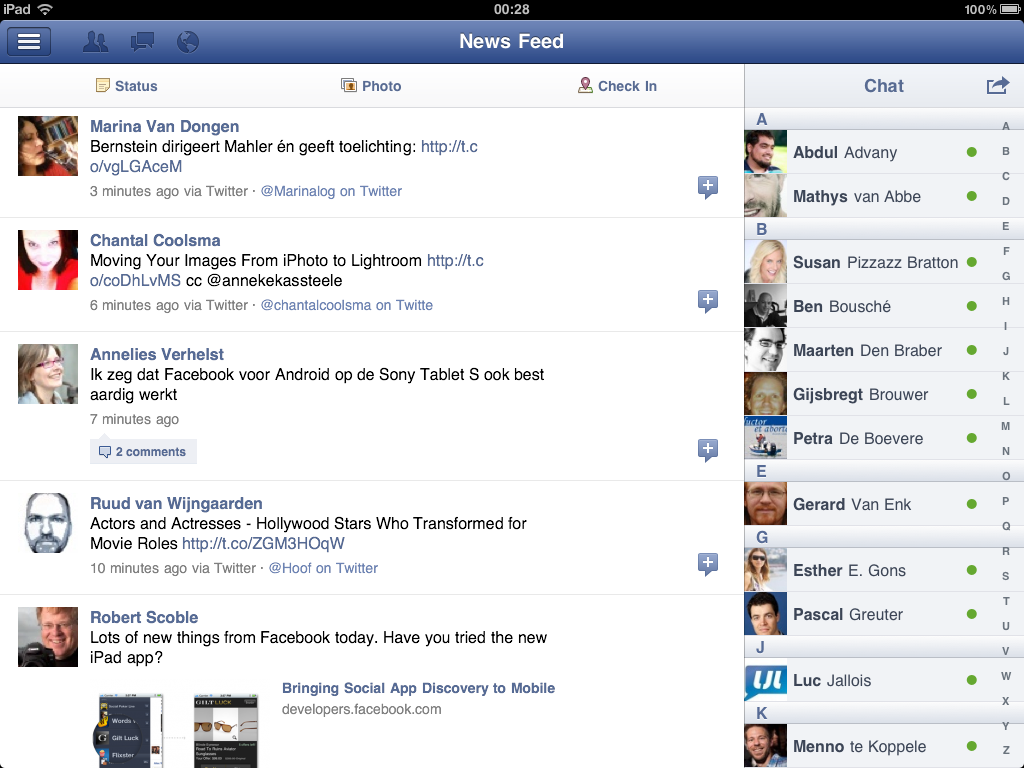
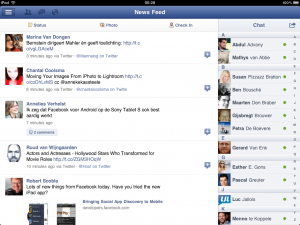 Today Facebook has finally launched its long awaited iPad app. There were rumors that it was postponed until the Apple iPhone 4S presentation last week, because it would be so wonderful. Well, to put it bluntly, I know why they did not show it. Yes, it is nice, yes it is by Facebook, but no, it is not shocking.
Today Facebook has finally launched its long awaited iPad app. There were rumors that it was postponed until the Apple iPhone 4S presentation last week, because it would be so wonderful. Well, to put it bluntly, I know why they did not show it. Yes, it is nice, yes it is by Facebook, but no, it is not shocking. I love the future. I have loved it ever since I started reading. Technology is shaping our future fast. Back in 1985 I wrote my first computer program. Back in 1994 I launched my first website and I have been working with organizations on integrating new technology ever since.
I love the future. I have loved it ever since I started reading. Technology is shaping our future fast. Back in 1985 I wrote my first computer program. Back in 1994 I launched my first website and I have been working with organizations on integrating new technology ever since.